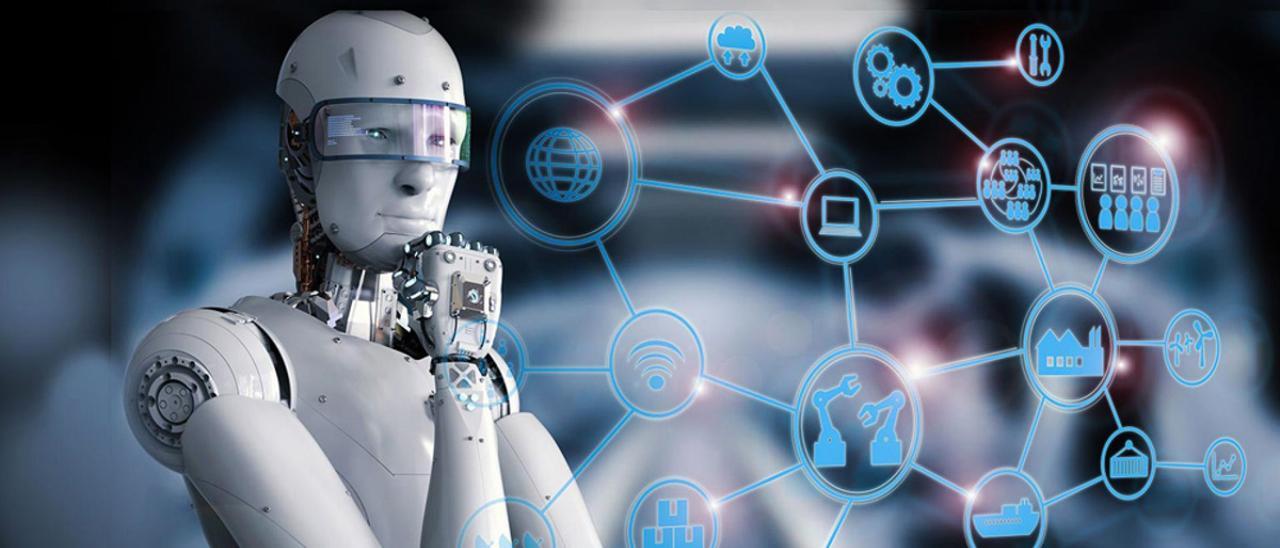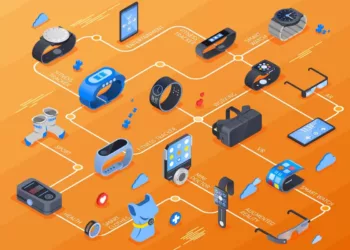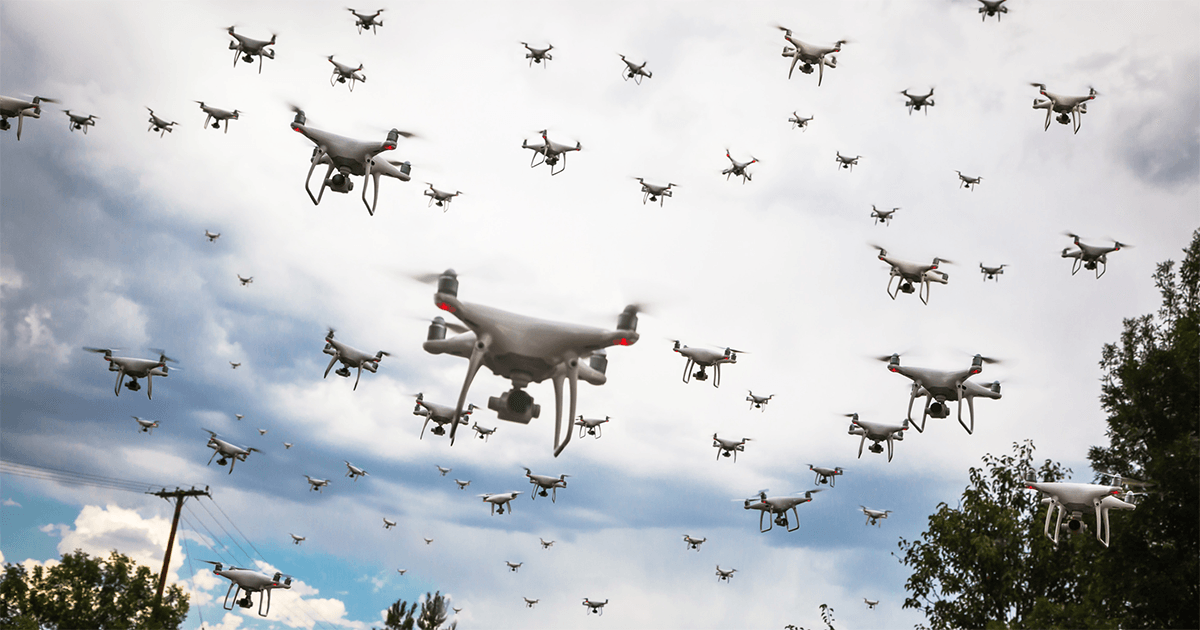Siemens and Microsoft have partnered to improve innovation and efficiency for industrial companies using generative AI. This collaboration will be showcased at Hannover Messe where they will demonstrate the benefits of generative AI in factory automation and operations, including AI-powered software development, problem reporting, and visual quality inspection.
Generative AI to Transform Industrial Productivity
The collaboration between Siemens and Microsoft aims to accelerate code generation for Programmable Logic Controllers (PLC) using OpenAI’s ChatGPT and other Azure AI services. This technology significantly reduces time and the likelihood of errors by generating PLC code through natural language inputs.
Finding and Preventing Product Defects with Industrial AI

Industrial AI, like computer vision, plays a critical role in the early detection of product defects to prevent costly and time-consuming production adjustments. At Hannover Messe, the companies will showcase how Microsoft Azure Machine Learning and Siemens’ Industrial Edge can analyze images captured by cameras and videos to build, deploy, run, and monitor AI vision models on the shop floor.
Revolutionizing Workplace Collaboration with AI-Enabled Apps
Siemens and Microsoft are also collaborating to enable design engineers, frontline workers, and teams across business functions to solve challenges together faster. The new Teamcenter app for Microsoft Teams, expected to launch later in 2023, will allow service engineers and production operatives to report product design or quality concerns using natural speech. The app automatically parses informal speech data, creating a summarized report and routing it within Teamcenter to the appropriate expert.
Collaborating for the Future
The partnership between Siemens and Microsoft has a longstanding strategic relationship built on over 35 years of joint innovation. The companies are collaborating to deploy tools like ChatGPT to enable workers at enterprises of all sizes to collaborate and innovate in new ways. Other areas of collaboration include Senseye on Azure, enabling companies to run predictive maintenance at enterprise scale, and support for customers seeking to host their business applications in the Microsoft Cloud to run solutions from the Siemens Xcelerator open digital business platform.
What is generative AI technology?
Generative AI is a subfield of artificial intelligence that involves creating algorithms or models that can generate new, original data or content. This can include anything from images and music to text and even video. Generative AI models are designed to learn patterns and structures from existing data and use this knowledge to generate new outputs that resemble the training data.
One of the most popular approaches to generative AI is generative adversarial networks (GANs), which involve two neural networks – a generator and a discriminator – that are trained to compete against each other. The generator tries to create new outputs that fool the discriminator into thinking they are real, while the discriminator tries to distinguish between real and generated outputs. Through this process of competition, both networks improve their abilities and the generator learns to create more realistic and convincing outputs.
Generative AI has many potential applications, including in the creative arts, content creation, and even scientific research. For example, it can be used to generate new and novel music, artwork, or written content. It can also be used to generate synthetic data for training machine learning models or to create simulations of complex systems.
What is generative AI good for?
Generative AI has a wide range of potential applications, making it a powerful tool for many different industries and fields. Here are a few examples:
- Creative content generation: Generative AI can be used to create new and original content in areas such as art, music, and writing. For example, it can generate new images, music tracks, or even entire articles or stories.
- Data augmentation: Generative AI can be used to generate synthetic data that can be used to train machine learning models. This can help improve the accuracy and efficiency of the models, especially when training data is limited.
- Simulation and modeling: Generative AI can be used to create simulations of complex systems, such as weather patterns or traffic flows, which can help researchers and policymakers make better decisions.
- Quality inspection: Generative AI can be used to inspect and analyze visual data, such as images or videos, for quality control purposes. This can be particularly useful in industries such as manufacturing, where visual inspection is often necessary.
- Process optimization: Generative AI can be used to optimize and improve various processes, such as factory automation and supply chain management. This can lead to increased efficiency and cost savings.
Overall, generative AI has the potential to revolutionize many industries and fields, and its applications will continue to expand as technology advances.
Conclusion
Generative AI is transforming industrial productivity, and Siemens and Microsoft are at the forefront of this transformation. Through their collaboration, they are enabling industrial companies to simplify workflows, overcome silos, and collaborate in more inclusive ways to accelerate customer-centric innovation. This collaboration is a testament to the power of AI to revolutionize the way we work and how every business operates.




